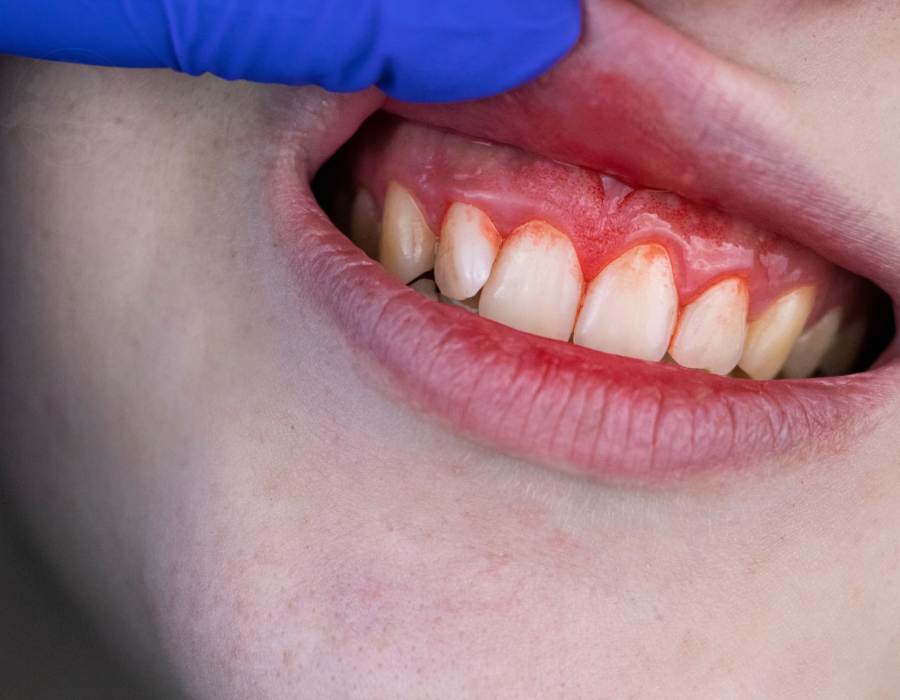What you need to know about gingivectomy, procedure, benefits, and risks is essential if you are considering this dental treatment. Gingivectomy is a surgical procedure used to remove or reshape gum tissue, typically to treat gum disease or improve the appearance of the gums. While this procedure can have significant benefits for oral health, understanding the potential risks and the process involved is crucial for making an informed decision. Here’s a guide to help you navigate the key points about Gingivectomy (Gum Tissue Removal).
What is Gingivectomy?
A gingivectomy is a surgical procedure designed to remove excess or diseased gum tissue. This procedure is commonly used to treat gum disease, improve gum contours, or correct a "gummy smile." It can help in various scenarios, whether it's to eliminate pockets of bacteria or to reshape the gum line for a more aesthetically pleasing appearance.
- Treating gum disease: Removes infected tissue that cannot be treated with regular cleaning
- Correcting gum overgrowth: Removes excessive tissue caused by conditions like gingival hyperplasia
- Enhancing appearance: Improves the gum line in patients with excessive gum tissue or uneven gums
- Allowing better hygiene: Enables easier brushing and flossing by eliminating pockets of bacteria
By addressing these concerns, a gingivectomy can significantly improve both the function and appearance of your gums.
The Gingivectomy Procedure:
The procedure for a gingivectomy varies based on the complexity of the case, but it typically involves a few key steps. Dentists or periodontists use local anesthesia to ensure the area is numbed before performing the surgery.
- Initial consultation: Your dentist will examine your gums and determine if a gingivectomy is the appropriate treatment
- Anesthesia: Local anesthesia is administered to numb the gum tissue
- Tissue removal: Using specialized surgical tools, the dentist carefully removes the excess or infected gum tissue
- Post-surgical care: Stitches may be placed to help the gums heal, and instructions are given on aftercare
The procedure itself generally takes between 30 minutes to an hour, depending on how much tissue needs to be removed. Post-procedure, there may be some swelling and discomfort, but this typically resolves with proper care.
Benefits of Gingivectomy:
Undergoing a gingivectomy offers several benefits, especially for those with periodontal disease or cosmetic concerns. It can significantly improve both your oral health and your smile’s appearance.
- Reduces gum disease symptoms: Removes infected gum tissue and reduces the spread of bacteria
- Improves gum appearance: Creates a more even gum line, which is especially beneficial for patients with excessive gum tissue
- Promotes better oral hygiene: Making it easier to clean between teeth and along the gumline
- Prevents further gum damage: Addresses issues like gum overgrowth or severe inflammation that may lead to more serious problems
- Enhances smile aesthetics: Corrects "gummy" smiles or uneven gum lines, giving a more balanced, natural look
These benefits can lead to improved overall health, better self-esteem, and more confidence in your smile.
Risks and Potential Side Effects of Gingivectomy:
Like any surgical procedure, Gum Tissue Removal comes with some risks and potential side effects. Understanding these risks is essential to making a well-informed decision about undergoing the procedure.
- Infection: Any surgical procedure carries the risk of infection at the incision site
- Bleeding: Some bleeding is expected, but excessive bleeding can occur in rare cases
- Pain or discomfort: There may be mild to moderate pain during the recovery period, which can usually be managed with prescribed painkillers
- Gum recession: In some cases, too much tissue may be removed, leading to gum recession or exposure of the tooth roots
- Damage to surrounding tissue: Rarely, the procedure may inadvertently affect healthy tissue, causing additional problems
Discussing these risks with your dentist or periodontist can help mitigate complications and ensure that you are prepared for the recovery process.
Recovery and Aftercare After a Gingivectomy:
Recovery from a gingivectomy is usually quick, but it requires careful attention to aftercare instructions. Proper care can speed up healing and prevent infection or other complications.
- Rest and avoid strenuous activity: Giving your body time to heal can help reduce the risk of complications
- Follow pain management guidelines: Use prescribed medications or over-the-counter pain relievers to manage discomfort
- Adhere to dietary recommendations: Stick to soft foods and avoid hot or spicy foods that might irritate the gums
- Maintain oral hygiene: Gently brush your teeth around the surgical site, and rinse with saltwater or an antiseptic mouthwash as advised
- Attend follow-up appointments: Regular check-ups with your dentist to monitor healing and ensure everything is progressing smoothly
By following these steps, the recovery process can be smooth, and the chances of complications are minimized.





Comments